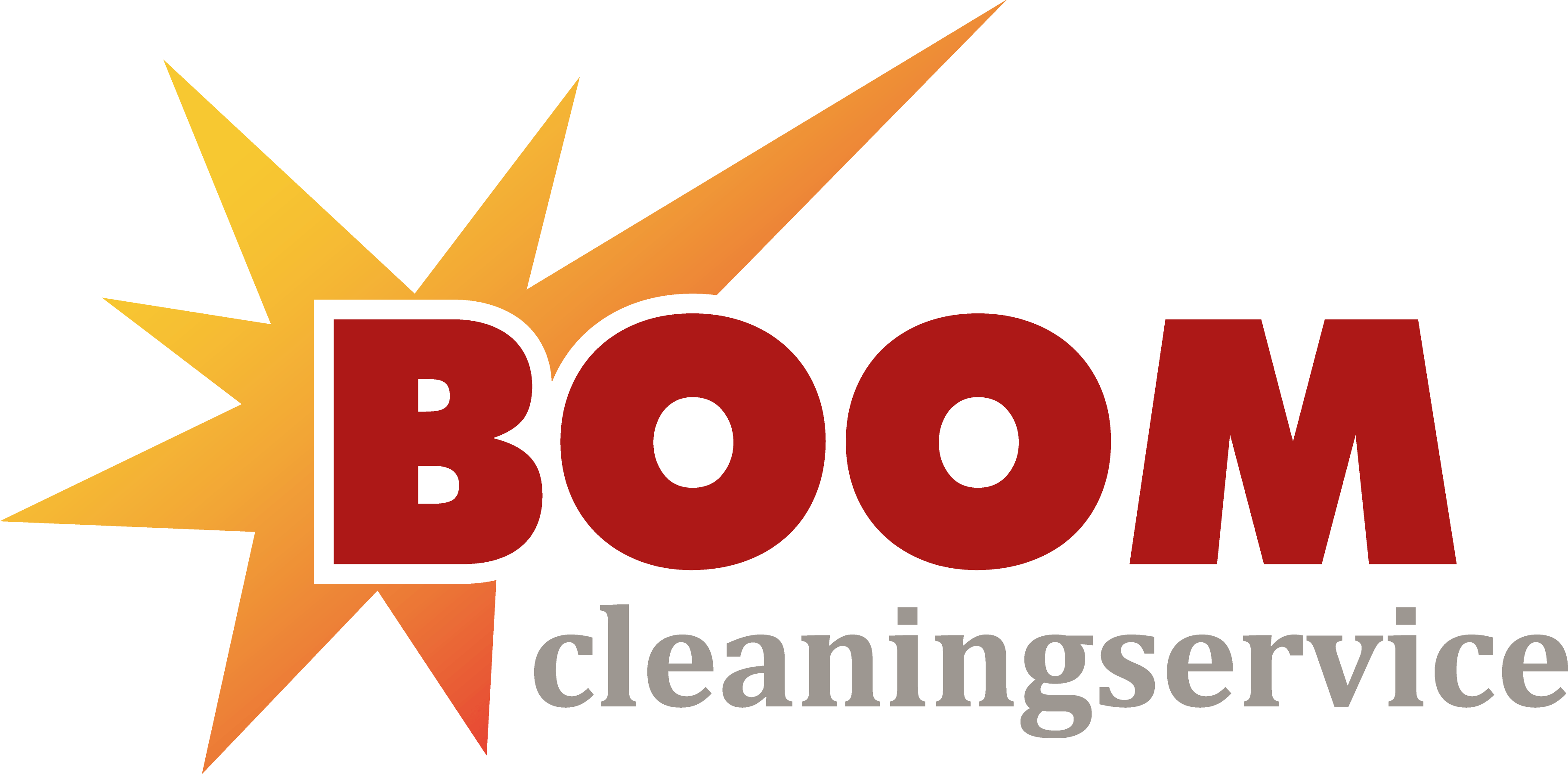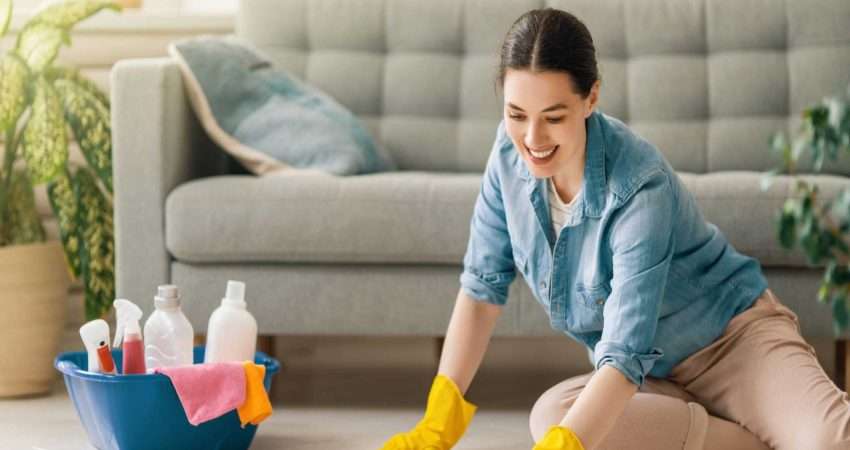A Short Guide to Understanding Eco-Friendly Cleaning Supplies
A notable trend towards sustainability has been observed in a number of businesses, including the cleaning industry, in recent years. Sustainable cleaning products are in high demand as both individuals and businesses grow more ecologically concerned. However, with so many options available, it can be difficult to navigate the world of eco-friendly cleaning solutions. To assist you in selecting the most sustainable cleaning products for your commercial cleaning requirements, we’ve outlined the key components in this brief guide.
What is the first thing that defines a sustainable cleaning product?
Sustainable cleaning products are made with the intention of causing the least amount of harm to the environment possible during every stage of their life, from manufacture and usage to disposal. These products are usually packed using eco-friendly materials, have biodegradable formulas, and are manufactured from renewable resources.
Essential Components to Consider
The components indicated on the label are a crucial consideration when selecting eco-friendly cleaning supplies. The following are essential components to seek out:
- Plant-Based Surfactants: The cleaning ingredients in detergents that assist in removing oil and grime from surfaces are known as surfactants. Select goods that make use of plant-based surfactants made from renewable resources, like palm or coconut oil.
- Biodegradable Formulas: Look for goods with naturally occurring, environmentally safe components that decompose into their constituent parts.
- Non-Toxic Chemicals: Steer clear of goods that include harsh chemicals that can be bad for the environment and people’s health, like phthalates, ammonia, and chlorine.
- Certifications: Seek certifications from credible agencies that attest to the product’s compliance with safety and environmental regulations, such as Green Seal, EcoLogo, or the EPA’s Safer Choice programme.
Packaging and Dispensing
Seek out cleaning supplies packaged in a way that is biodegradable or recyclable. This guarantees that the packaging may be disposed of in an eco-friendly way once the product has been used up. They are a major source of pollution and environmental damage. When possible, steer clear of cleaning supplies packaged in single-use plastic. Instead, use alternatives like cardboard receptacles, glass bottles, or refillable containers.
When it comes to packaging and waste reduction, concentrated cleaning products have a number of advantages. You can dilute the product at home with concentrated recipes, so you’ll require less packaging overall. Furthermore, concentrated recipes frequently call for smaller packaging, which cuts down on waste even further.
Seek out cleaning supplies with refilling capacities. You can reuse the original container several times with refill stations or refill pouches, which eliminates the need for new packaging with every purchase. Select goods with minimal packaging that use the least amount of materials by looking for minimalist designs. This preserves the product’s essential protection while cutting down on waste and its negative effects on the environment.
Furthermore, on the package of cleaning products, look for certifications or labels that attest to eco-friendly actions like using recycled materials or following sustainable manufacturing methods.
Performance and Effectiveness
Additionally, as vital as sustainability is, you also need to be sure that the cleaning products you use are doing their jobs well. Furthermore, seek out goods that meet your unique cleaning needs and have undergone performance testing. Moreover, there are currently a lot of environmentally friendly cleaning products on the market that are just as effective as their traditional equivalents.
In addition, eco-friendly cleaning products are made to reduce the unpleasant chemical smells and residues that standard cleaning products frequently leave behind. If you are sensitive to fragrances, look for products that are fragrance-free or have nice natural scents. Additionally, eco-friendly cleansers are also designed to leave the least amount of residue possible, which encourages a streak-free finish.
Moreover, look at customer testimonies and reviews before making a purchase. Other customers’ real-world experiences can offer insightful information about how well a product works. Furthermore, pay close attention to evaluations that highlight the product’s superior cleaning capabilities and efficacy over more conventional options.
Including Ecological Methods
Additionally, think about including more environmentally friendly cleaning techniques into your routine in addition to using sustainable cleaning supplies. For example, use reusable microfiber cloths in place of single-use disposable wipes. Microfiber cloths can effectively capture dirt, grime, and bacteria without the use of harsh chemicals for cleaning. They are long-lasting, machine-washable, and reusable, which ultimately reduces waste and costs money.
Furthermore, use water-saving methods when doing cleaning tasks to preserve this valuable resource. Instead of running water, consider using a bucket when washing or mopping floors. Installing showerheads and faucet aerators with low flow rates can help you use less water during cleaning, such as when rinsing and scrubbing.
Moreover, a good first step towards lessening your environmental impact and fostering a healthier indoor environment for your clients and staff is switching to sustainable cleaning supplies. By being aware of the main components, packaging issues, and efficiency of sustainable cleaning solutions, you can make decisions that are consistent with your commitment to sustainability. Hence, the next time you’re buying cleaning supplies for your business, don’t forget to select environmentally friendly as well as highly effective items. By working together, we may contribute to the development of a greener, cleaner future.

